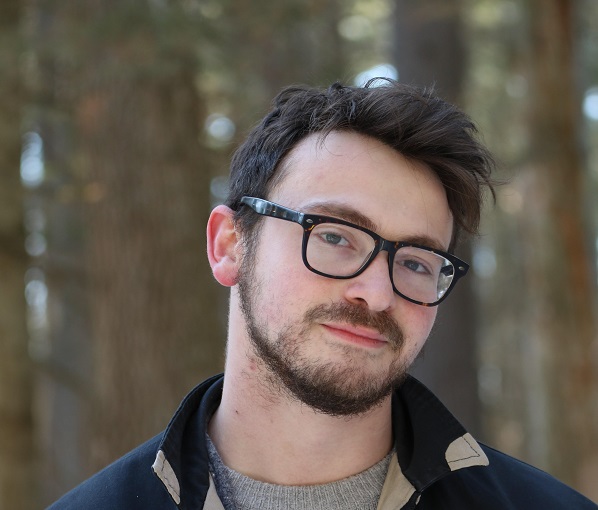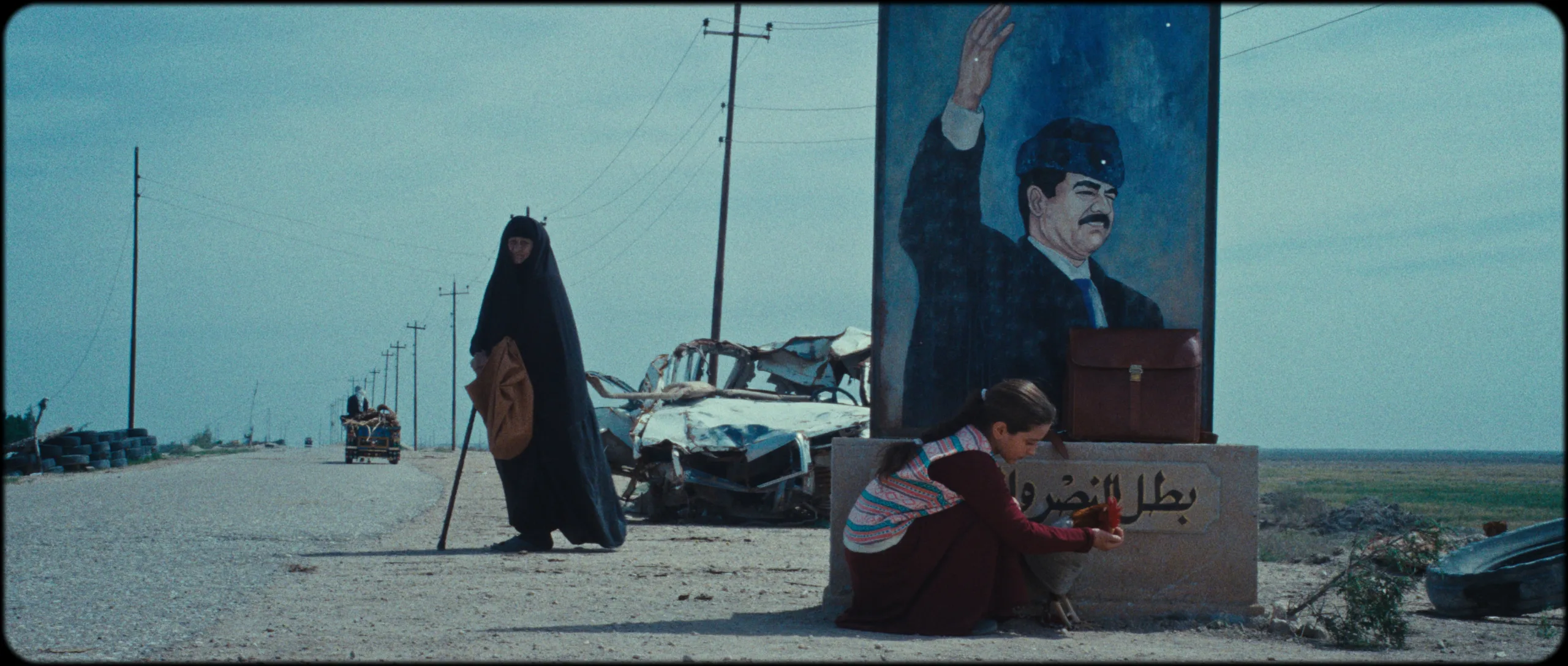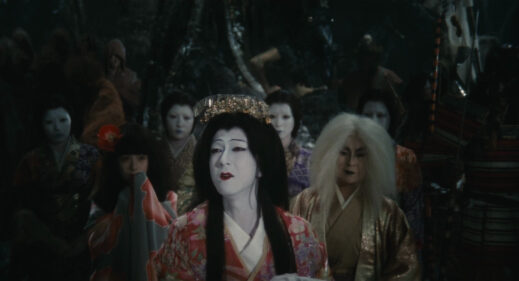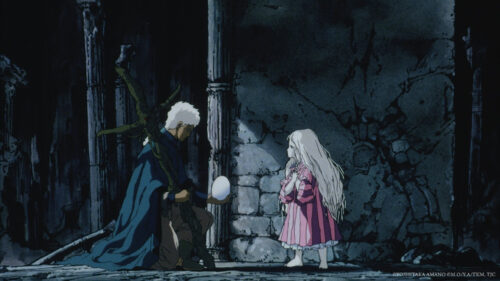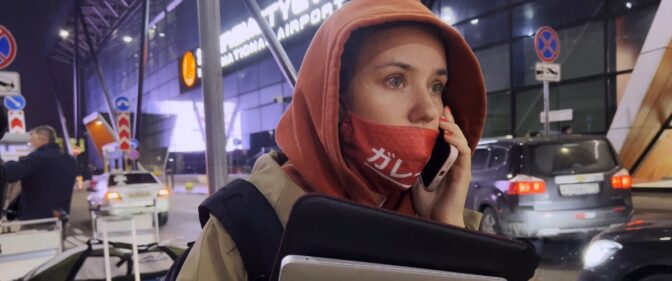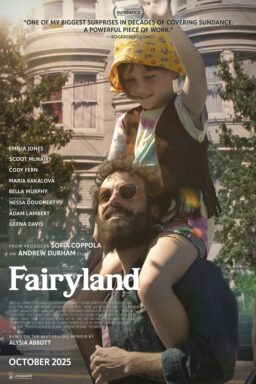The first-ever film from Iraq to compete at Cannes, Hasan Hadi’s “The President’s Cake” premiered not in the festival’s main competition but rather in the Directors’ Fortnight section running parallel to it, where it stood out as one of this year’s most exciting discoveries, even before earning both the Audience Award from its section earlier this week and the prestigious Camera d’Or (awarded each year to a first feature film) at this weekend’s closing ceremony.
Set in 1990s Iraq, as Saddam Hussein’s authoritarian regime held onto power throughout a brutal period of economic sanctions and aerial bombings that resulted in food and medicine shortages, Hadi’s sublime, tragicomic story—drawn from his own childhood memories—sheds light on a stranger-than-fiction reality of life under Hussein’s rule: that every year, children were chosen in a classroom drawing to bake a birthday cake in honor of the autocrat, often struggling to afford—or even track down—the necessary ingredients to do so.
For nine-year-old Lamia (Banin Ahmad Nayef), who lives with her grandmother Bibi (Waheed Thabet Khreibat) in Iraq’s tranquil Mesopotamian marshlands, being selected is a life-altering experience, especially given that her family can’t possibly afford the added costs. But once Lamia and her grandmother—along with her cherished pet rooster Hindi—make their way to the city in search of sugar, eggs, flour, and baking powder, Lamia realizes that her grandmother has made the trip with other motives in mind, so she runs off in a panic to procure the ingredients herself. She’s joined by best friend Saeed (Sajad Mohamad Qasem), who’s been tasked with gathering fresh fruit for the birthday celebration.
Reminiscent of early works by the master Abbas Kiarostami, which would adopt a child’s-eye perspective in gradually unearthing the absurdity and hardship of wider Iranian society, Hadi’s deceptively warmhearted debut brings Lamia and Saeed up against vendors, police officers, and others just getting by in the sprawl of the city. The people they meet and attempt to bargain with are by turns kind, cruel, conniving, and predatory, but the children—and their rooster—enter into every interaction with an innocence that more resembles integrity, and inner strength, with each passing encounter.
There’s astonishing poignancy to their progression, that’s elevated by the fluid rhythms and fast, open flourishes of traditional string instruments on the score, as well as by Hadi’s decision to film on location in Iraq; whether capturing ancient wetlands or city streets, cinematographer Tudor Vladimir Panduru maintains intimate focus on the film’s young performers, bringing the vibrant, bustling textures of this time period to life around them.
“The President’s Cake” brings to mind another landmark of Iranian cinema: Jafar Panahi’s “The White Balloon,” which won the Camera d’Or at Cannes in 1995, thirty years prior to his winning the Palme d’Or at this year’s ceremony. Much like Panahi’s auspicious debut, this detail-rich and tremendously moving moral fable uncovers harsh realities in Iraqi society without departing from the earnest perspective of its knee-high protagonist, and without diminishing the dignity or value of her hopes and dreams. In Nayef, whose expressive eyes tell us everything we need to know about the emotional toll of this misadventure, Hadi has found the perfect young actress to play Lamia. Her future, like his, is exceptionally bright.

The title of Québécois animator Félix Dufour-Laperrière’s “Death Does Not Exist” is not a fact but rather an ideology, one that inspires a group of would-be revolutionaries as they mount a violent attack against wealthy targets, believing this direct action will send shockwaves through the establishment and save the world from otherwise-inevitable climate disaster.
Hopelessly idealistic in the self-destruction it demands of its young radicals, this attack is all but certainly a suicide mission; it involves ambushing a powerful family outside their palatial estate, armed with double-barrelled rifles, and dispatching not only the landowners but their security detail. Their hope—if not perhaps their belief—is that everything will change, that their act of courage will trigger the collapse of an unsustainable system.
But in a fateful moment of indecision, as the activists advance on their targets and begin to engage in a brutal gunfight, blood gushing in gold-yellow tones from their victims’ bodies, Hélène (voiced by Zeneb Blanchet) realizes she does not wish to participate, abruptly abandoning her comrades and principles as she flees alone into the wilderness.
Interpreting Hélène’s inner struggle between political conviction and personal sacrifice through a lens of figurative abstraction that renders the surrounding landscape in muted, metamorphic hues, Dufour-Laperrière then follows her through a dark forest, as shadowy figures materialize from the ether and rustling leaves whisper recriminations. Manon (voiced by Karelle Tremblay), a fellow freedom fighter, soon reappears, either having miraculously survived the attack or returned as a manifestation of Hélène’s guilt, and the two women traverse this environment, recounting their experiences and encountering various phantasms that reflect cycles of mortality and violence, beauty and horror, death and resurrection.
Dufour-Laperrière’s repetitive dialogue leads the women down a circular path, perhaps unwilling to deliver too definitive a ruling on the moral convictions of these violent protesters. He’s focused more on contemplating personal consequences of action and inaction, positions of radical empathy that can often underpin righteous violence, and the all-consuming nature of love in the face of death. With his minimalist, hand-drawn animation, Dufour-Laperrière blurs boundaries between individuals and backgrounds to produce haunting, porous tableaux in which only movement and action expose character. His muted color palette of greens, oranges, and yellows corresponds with the expanse of the natural world, while visceral bursts of red and black reflect the violent upheaval that awaits it.
After seeing a sheep get savaged by wolves, Hélène observes the gaping wounds in its bloody carcass begin to heal, ruptured flesh and sullied wool stitching back together. Later, flora and fauna converge in frightening fashion as red veins and black tendrils overtake the thrashing body of one of the wolves, a potent image reminiscent of Hayao Miyazaki’s similarly themed “Princess Mononoke.” Eventually, everything does change, literalized in the form of an earthquake that upends civilization in a wave of soil and vegetation. The only animated film in Directors’ Fortnight this year, “Death Does Not Exist” keeps ambiguous its characters’ roles in precipitating this sea change, remaining instead on a hazily oneiric level as it ruminates on the messy, destructive process of birthing any new world from the ashes of the old.
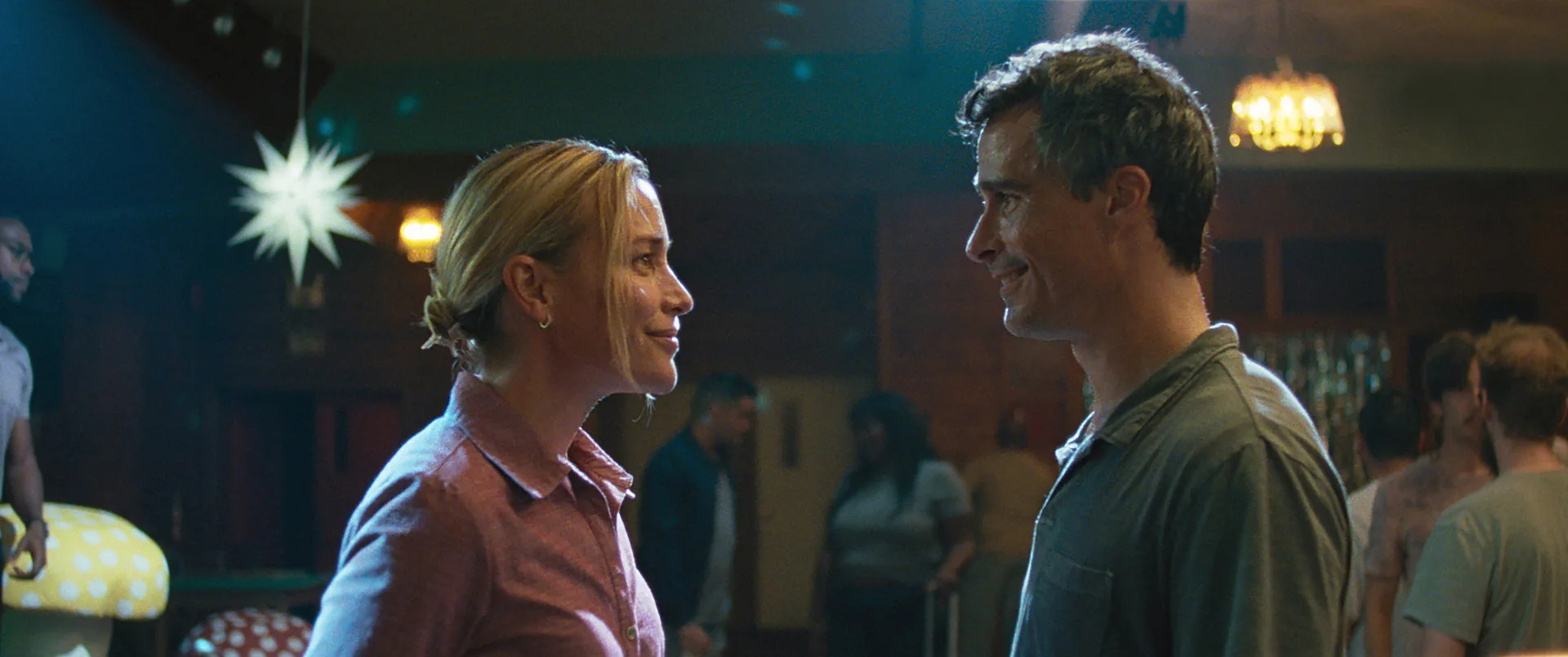
Bleeding hearts similarly abound in Anne Émond’s “Peak Everything,” though the film, also screening in Directors’ Fortnight, contemplates the end of the world in a decidedly more upbeat manner. A sprightly ode to the emotionally clarifying power of love in times of existential crisis, this is one of the most effusive, lighthearted romantic comedies to screen at Cannes in recent memory. It’s also anxious in the extreme, and Émond gets impressive comic mileage out of her main character’s neuroses without ever undermining the helpless honesty of his predicament.
Centered on Adam (Patrick Hivon), a sweet-natured kennel owner who’s struggling with intense depression and eco-anxiety, the film kicks into gear once he acquires a pyramidal light-therapy lamp to treat insomnia. Immediately and a bit inexplicably (isn’t it always?), he falls in love with the warm, soothing voice of Tina (Piper Perabo), a customer service representative with the lamp company, who sympathizes from a distance with Adam’s inability to understand the world and its troubles.
Between climate catastrophe, pandemic-era isolation, the rising tide of fascism, and the mental illness that all these concurrent crises make inevitable, Adam has a lot on his mind (including the tipping point of maximum consumption that lends the film its title), but he feels overwhelmed for the first time with relief by his conversations with Tina—whose name, he notes, is also an acronym used in climate-change circles: “There Is No Alternative.” When a natural disaster severs their connection mid-call, Adam unquestioningly gets his car and drives hundreds of miles to Ontario to be by her side.
The possibility of love changes everything for Adam, and he feels more alive than ever; but Tina is dealing with profound anxieties of her own, and the appearance of Adam into her life—which already encompasses a husband (Gord Rand) with a drinking problem and two young kids they co-parent—provokes more complicated kinds of emotions. “When you choose a path, you don’t get to see the other ones,” she tells him, after a tense exchange reveals that Adam naively longs for the kind of domestic comforts she feels trapped in.
And yet, with Adam and Tina’s unlikely meeting, another path does open up; if their new physical proximity excites and confuses their senses, their emotional bond is undeniable. (Émond captures their tender dance between erotic and absurd in a bedroom scene where the two all but make love by only lingering beside each other, Adam caressing her without a touch; the filmmaker’s eye for images of poignant intimacy, like hands holding underwater, is exquisite.)
Whether what appears to be the apocalypse is truly the end of the world, or simply the start of a new chapter, is one of the tonally ambitious conceits that stimulates Émond’s sensitive, humane, and endearing film, leading it across a gamut of genres, emotions, and ideas before delivering an almost defiantly optimistic finale as if from the jaws of despair.
